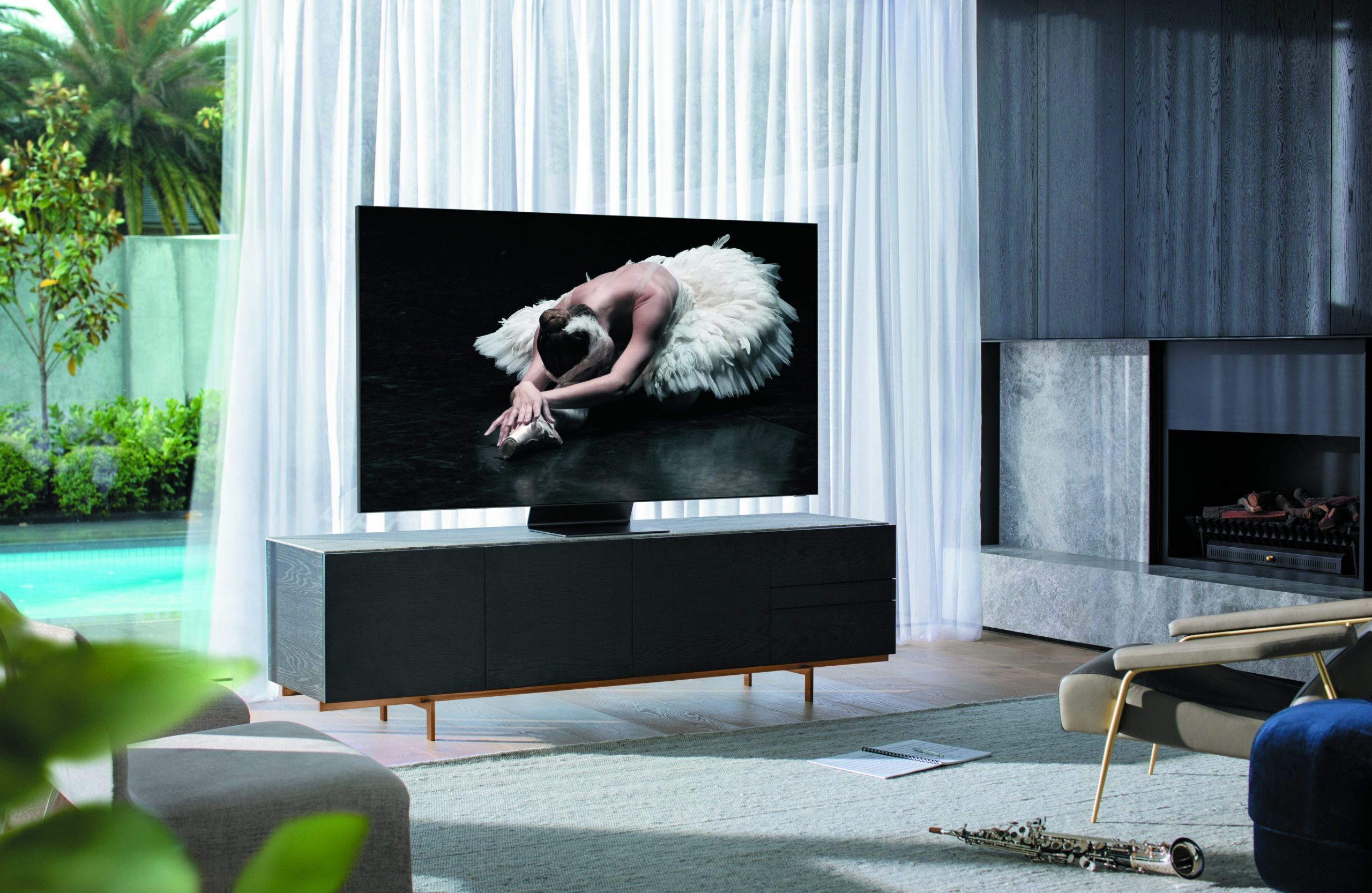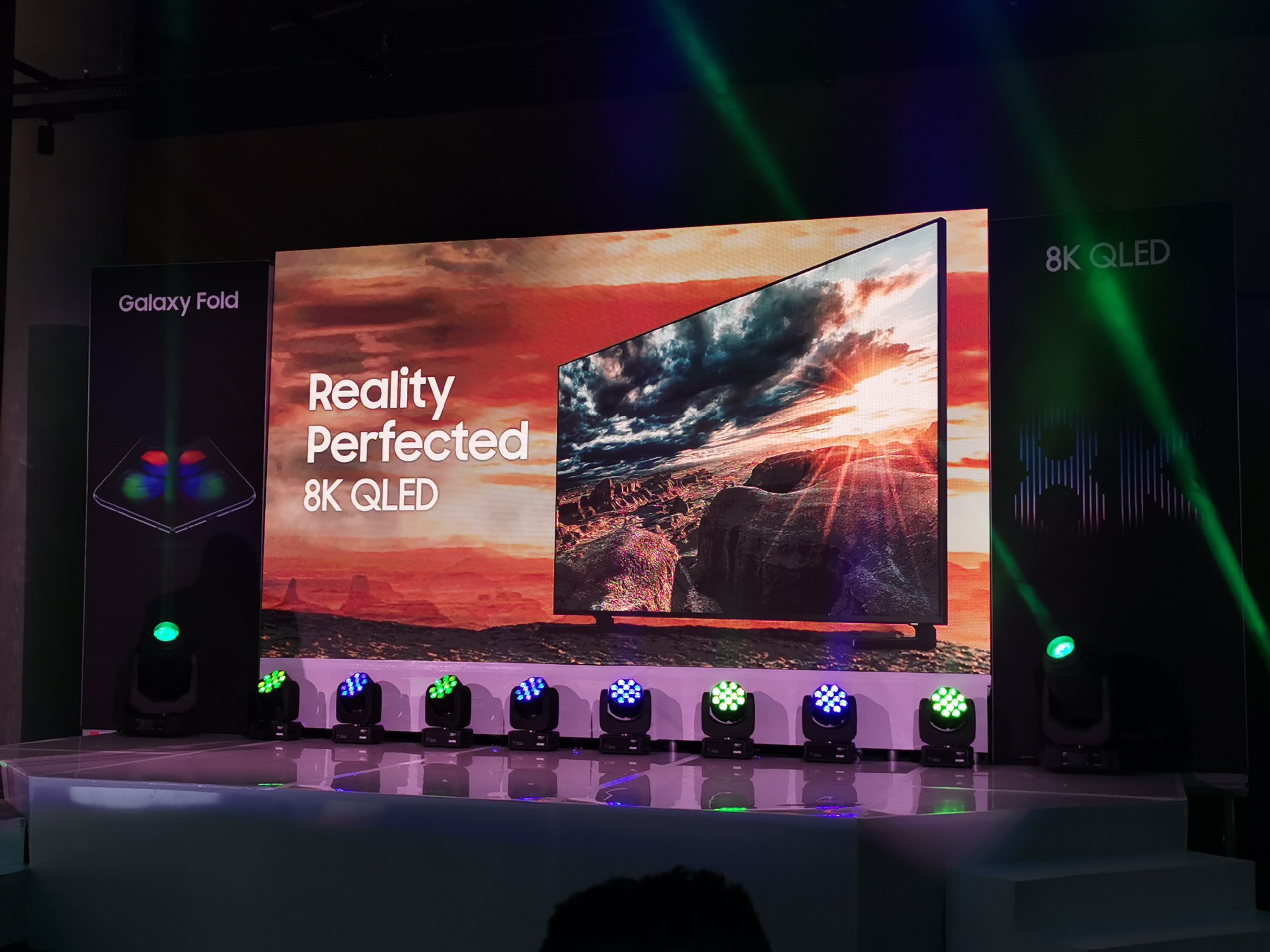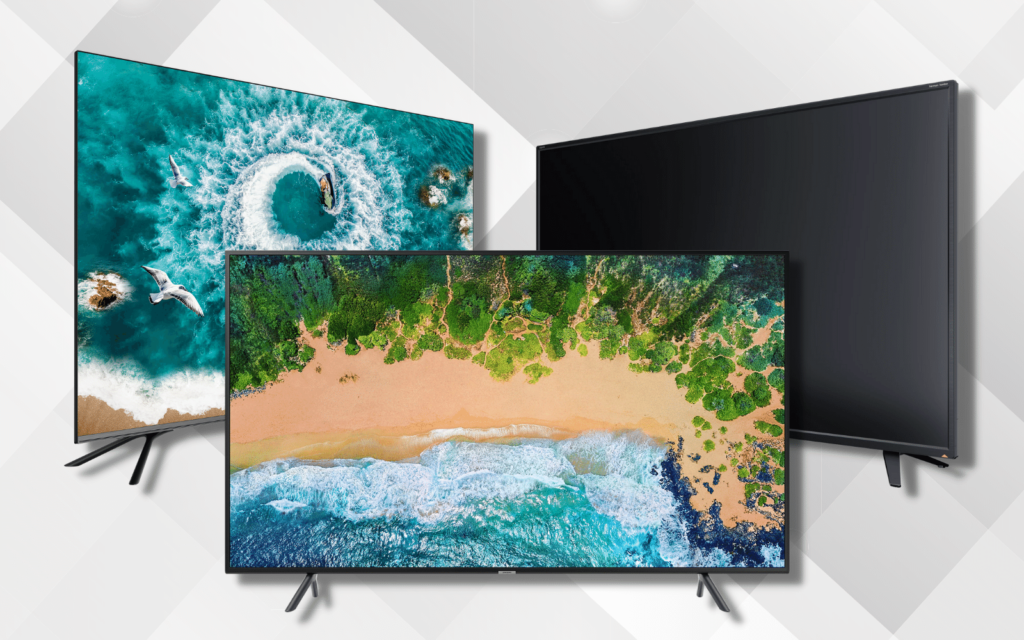You’ve finally made the call and assembled the budget. It’s time to buy a new smart TV. It’s not always possible to wait until Game or Makro is opening a new store on Black Friday, after all. But that’s the thing. What on earth do you do now? Which TV should you buy?
There are several brands in South Africa selling smart TVs. Samsung and LG are the major players. You can occasionally score a Panasonic if you look around hard enough. Otherwise, there’s Hisense and Skyworth playing in the smart TV arena too. TCL is also here, and they’re still pretty new. They might even try harder, as a result Beyond that, you’re venturing into uncharted territory. Who’s to say if that unbranded TV has a UHD panel? Who’s to say that all the HDMI ports are working. Well… Stuff, usually. But our usual advice is, ‘If you’ve never heard of them, leave ’em alone. Or, at least, ask us first’.
But, in the event that you’re set on doing all your own work out there, it sometimes helps to have a little guideline to bring along. In other words — it’s dangerous to go alone. Take this.
4K or nothing
It used to be that 4K or UHD TVs were expensive. Too expensive for the likes of anyone who drives a regular car, at any rate. That’s changed. If you’re buying a smart TV, spend the money to grab yourself a 4K panel. There’s really no reason not to. In fact, it’s getting harder to purchase decent HD screens. HD is old technology, which means eventually you’ll have to buy a 4K/UHD set. Why spend money twice, when you can have 4K right now. Buying from Samsung directly (which is far from the cheapest way to buy a TV) will net you its 32in Frame TV for R10,000. Or you can have a 60in BU8000 smart TV for R16,000.
On that note — 8K is nice to have if you’ve got that sort of money on hand, but even if you do, you don’t need it. Not yet. Not for quite a while yet, either. The world is still catching up to 4K screens. They’re not likely to make a streaming service specifically for rich people to stream in 8K, now are they? Are they? Doesn’t matter. You don’t need an 8K smart TV. Nobody does.
Know its role
 You know it’s going to be 4K. Now to decide what else you’re planning to do with it. Well? How many different ways can you use a TV? A few, actually. Are you going to be watching sport on it somewhere it’s very bright? An LED or a QLED (if you’re a Samsung/Hisense fan) set makes the most sense. Playing games? You might want to consider OLED, provided you can score one that supports HDMI 2.1 and a 120Hz refresh rate. Regular old indoors set, that handles streaming and maybe a Blu-ray or seventeen? You’ll be fine with basically anything, but you might give LG’s Nanocell range a try. Your main usage determines which sort of screen you’ll want to prioritise.
You know it’s going to be 4K. Now to decide what else you’re planning to do with it. Well? How many different ways can you use a TV? A few, actually. Are you going to be watching sport on it somewhere it’s very bright? An LED or a QLED (if you’re a Samsung/Hisense fan) set makes the most sense. Playing games? You might want to consider OLED, provided you can score one that supports HDMI 2.1 and a 120Hz refresh rate. Regular old indoors set, that handles streaming and maybe a Blu-ray or seventeen? You’ll be fine with basically anything, but you might give LG’s Nanocell range a try. Your main usage determines which sort of screen you’ll want to prioritise.
Size isn’t everything
Which brings us to a serious question: How big should this bloody thing be? At Stuff, we’ve got a sweet spot for TVs. It’s 55in. Anything bigger and you need an enormous room to house it in. 65in and up makes gaming a literal pain in the next, particularly in the everyday home. It’s possible spec your TV up to 80in in South Africa without trying too hard, but then you kinda look like you’re trying too hard. The only time it’s worth deviating from the 55in guideline is if your living quarters are rather tiny. Scale back to 40in or even 32in if you absolutely must. There isn’t much mileage heading in the other direction.
OLED, QLED, or LED?
 There are several sorts of screens you can consider. You’ve already got a vague idea, back when you looked at what you’re using the TV for, but now’s the time to lock it down. There’s LED — this is the light-emitting diode panel. It’s the cheapest to produce, it’s among the brightest in existence, but it’s also prone to bloom and bleed. Edge reproduction isn’t especially accurate. Samsung’s QLED tech goes a little way towards making up for that while retaining the LED’s brightness.
There are several sorts of screens you can consider. You’ve already got a vague idea, back when you looked at what you’re using the TV for, but now’s the time to lock it down. There’s LED — this is the light-emitting diode panel. It’s the cheapest to produce, it’s among the brightest in existence, but it’s also prone to bloom and bleed. Edge reproduction isn’t especially accurate. Samsung’s QLED tech goes a little way towards making up for that while retaining the LED’s brightness.
Or there’s OLED – organic light-emitting diode. This is an absolutely wonder of a technology, which offers detailed colour reproduction, crisp edges, and the darkest black sections you’ll ever see on a TV. It’s also, obviously, more expensive. And it’s also as bright as the LED will be, or as long-lived. That’s the price you pay for something organic in your TV.
There’s one more technology to consider — Samsung’s QD-OLED. Combining QLED with OLED leads to a splendid, bright display, but you can expect to pay through the backside for one of them. The first TVs to drop in SA using the tech were Sony’s Bravia XR headliners for 2022.
This is imPORTant
You don’t buy a car without making sure it has all its wheels. Well, unless you’re Mr. Bean. So you shouldn’t buy a TV without having a peek around the back. The port loadout should match whichever hardware you’re planning to connect it to, but you also need enough of them. You’re looking for at least four HDMI ports. If there are more, fantastic. But at least one of those should be HDMI 2.1, and preferably more than one. The new game consoles? Yeah, they need those to look their best. Also, ARC (Audio Return Channel) support is handled by these ports.
Legacy ports aren’t something you need to worry too much about. You may find a TV with AV, Component, or (and it’s highly unlikely) a Serial connector. Or you won’t. You probably don’t need ’em, unless you really, REALLY can’t bring yourself to ditch that old VCR. We’re not questioning it, you probably have your reasons. But other good ports to keep an eye out for are USB 3 (multiple, preferably) and Optical.
Isn’t that HDR refreshing?
 Refresh rate is another tickbox you should check before laying your money down. If you’re playing games on the newer consoles (or plan to), then you’re looking for 120Hz. There’s a reason everyone from Samsung to Huawei is using that refresh rate for mobile screens. It looks awfully smooth. But if you’re just planning on passively watching, then you want a smart TV that operates at 60Hz. Yes, there might be some more motion blur or judder, but you don’t need the extra frames as much as someone keen on the PlayStation 5 or Xbox Series X does.
Refresh rate is another tickbox you should check before laying your money down. If you’re playing games on the newer consoles (or plan to), then you’re looking for 120Hz. There’s a reason everyone from Samsung to Huawei is using that refresh rate for mobile screens. It looks awfully smooth. But if you’re just planning on passively watching, then you want a smart TV that operates at 60Hz. Yes, there might be some more motion blur or judder, but you don’t need the extra frames as much as someone keen on the PlayStation 5 or Xbox Series X does.
You also want to make sure that your chosen screen supports HDR, HDR+, and (preferably) Dolby Vision. You don’t have to, especially if you’re on a budget, but it’s cool to have. HDR, or High Dynamic Range, attempts to better replicate the viewer’s eyes. Your eyes take a moment to respond to lighting conditions. This tech offers a more realistic take on on-screen lighting conditions. As to the differences — HDR offers lighting boosts of up to 1,000 nits. HDR+ ups that response to 4,000 nits. Dolby Vision cranks this up to 10,000 nits of brightness — and the greater your brightness range, the better the scene looks. But that’s also going to cost you more at the cash register.
Sound’s better at the bar
Take part of your TV budget and set it aside. You’re going to need a soundbar. That’s because TVs are getting thinner and thinner. Speakers… not so much. You can splurge on a Sony Bravia XR, with its LG-made tech that turns the display into a kind of speaker… but you’re still going to need a soundbar as backup. And if a visual wonder like that needs a soundbar, then you’re definitely going to need something for your R10,000 smart TV. You don’t have to go as far as to buy a R10,000 Sonos Beam 2, and you definitely don’t need to drop close to R150,00 on a Sennheiser Ambeo… but the general rule of audio gear is that you get what you pay for. You can pay as little as R2,000 for a Sony or Philips soundbar in SA, but you can also splash out the price of a small car if you want to. Budget is a major factor, but a decent (named) product will always be better than just your TV’s stock sound.
Time and place
Finally, once you’ve got all the particulars locked down, it’s time to go hunting. This part is where we can’t really help too much. You’ve got a checklist. The trick is to find which smart TVs match that list of requirements. Once you’ve locked down that model (and a few others like it), it’s time for a little comparative shopping. Don’t watch for Black Friday. Odds are good you’ll get a better discount when retailers aren’t expecting you to be paying attention. Once you’ve got your model, find out what EVERYBODY is charging for it. Someone will be cheaper than everyone else. If you’re the negotiating type, take the cheapest online price (with evidence — don’t be that customer) to the cheapest physical retailer and see if they’ll make you a deal. It might not work at Game or Makro, but the sort of store where the sales folks want to know your name might turn out to be a little more flexible.




